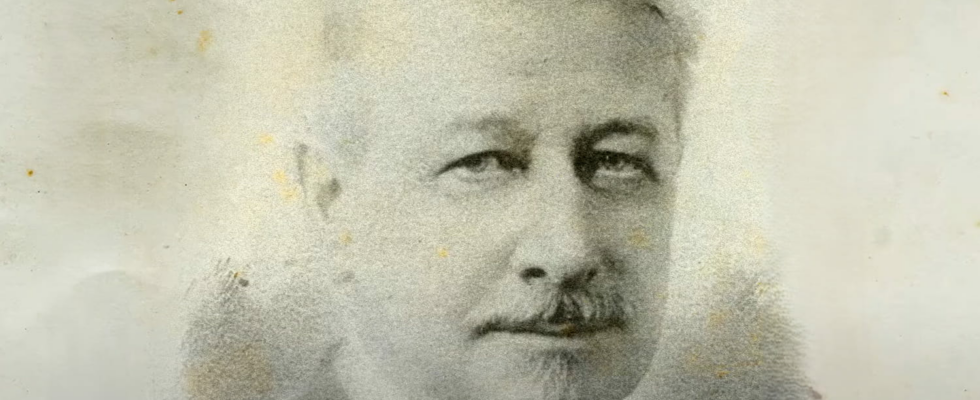In 1900, a visionary engineer published an astonishing paper describing the world in the year 2000. While they seemed far-fetched at the time, most of his predictions have proven to be accurate.
At the turn of the 20th century, John Elfreth Watkins, a visionary engineer, ventured to imagine the world in the year 2000. In an article entitled “What Might Happen in the Next Hundred Years,” published in 1900 in the magazine Ladies’ Home Journal he made a series of surprisingly accurate predictions about the future. While some of his “prophecies” may have seemed far-fetched at the time, 124 years later, most have come true with uncanny accuracy.
One such prediction concerns home comfort. Watkins described a future where homes would be equipped with heating and air conditioning systems, allowing the temperature to be regulated with simple hot and cold air taps. No more fireplaces or early mornings to light a fire. This description fits perfectly with the modern central heating and air conditioning systems we know today.
The telecommunications revolution was also predicted with incredible precision. The engineer imagined cordless phones that would allow people to reach loved ones on the other side of the globe in the blink of an eye. What seemed unthinkable at the time became a reality with the advent of mobile phones and the internet. He also predicted the invention of television, allowing people to “see what is happening anywhere in the world” by “telegraphing images at any distance.” At the time, the idea of capturing live images from the other side of the globe was science fiction. However, today, we can follow the news live thanks to television channels or social networks. Watkins was right, even anticipating the evolution of color photography, which was then only in its infancy.
Watkins also anticipated many technological developments. In transportation, he predicted that super-fast trains would one day reach 150 miles per hour (about 240 km/h) to cover long distances in record time. This came to pass, notably with the TGV in France and the Shinkansen in Japan. He also predicted that horses would quickly be replaced by motor vehicles and that mechanized machines would help farmers work the land more easily. He even imagined motorized sleds to travel on snow!
Watkins had made predictions in many other areas. He had anticipated greenhouse cultivation with the help of electricity. Although current technology is more complex than he imagined, the use of artificial light to accelerate plant growth is a reality in our modern greenhouses. He had also predicted the emergence of ready meals, at a time when cooking for oneself was the norm. According to him, these meals would be cooked in electric laboratories and delivered directly to consumers: and this is the case today, with industrial meals sold in supermarkets and meals delivered by courier… He had also predicted the increasing height of individuals, announcing an increase of several centimeters more. In 1900, the average height of a man was about 1.68 m. Today, it is close to 1.76 m, thus confirming the prophecy.
Of course, not all of Watkins’ predictions came true. For example, he imagined a world without cars in cities, with traffic confined to tunnels or elevated roads. He also predicted the eradication of mosquitoes and flies through public health measures. Or, surprisingly, the abandonment of the letters C, X and Q in the alphabet, which became useless!
Through these predictions, it is fascinating to see how some aspects of our modern life were anticipated more than a century ago. Watkins and his contemporaries, drawing on their understanding of science and technology, glimpsed a future that has largely become our present. While some of their ideas still seem utopian, others remind us that reality can sometimes surpass fiction.
